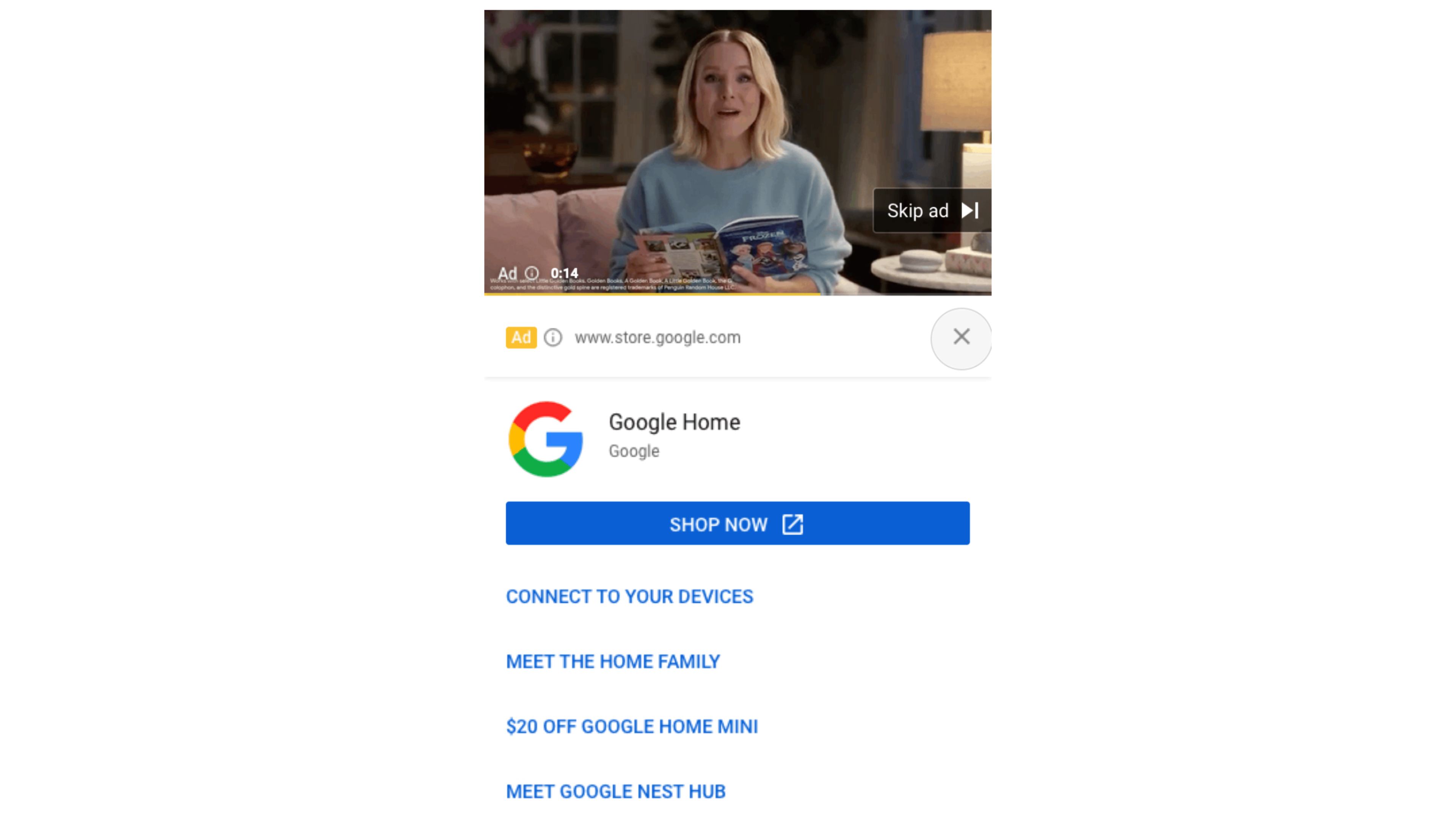
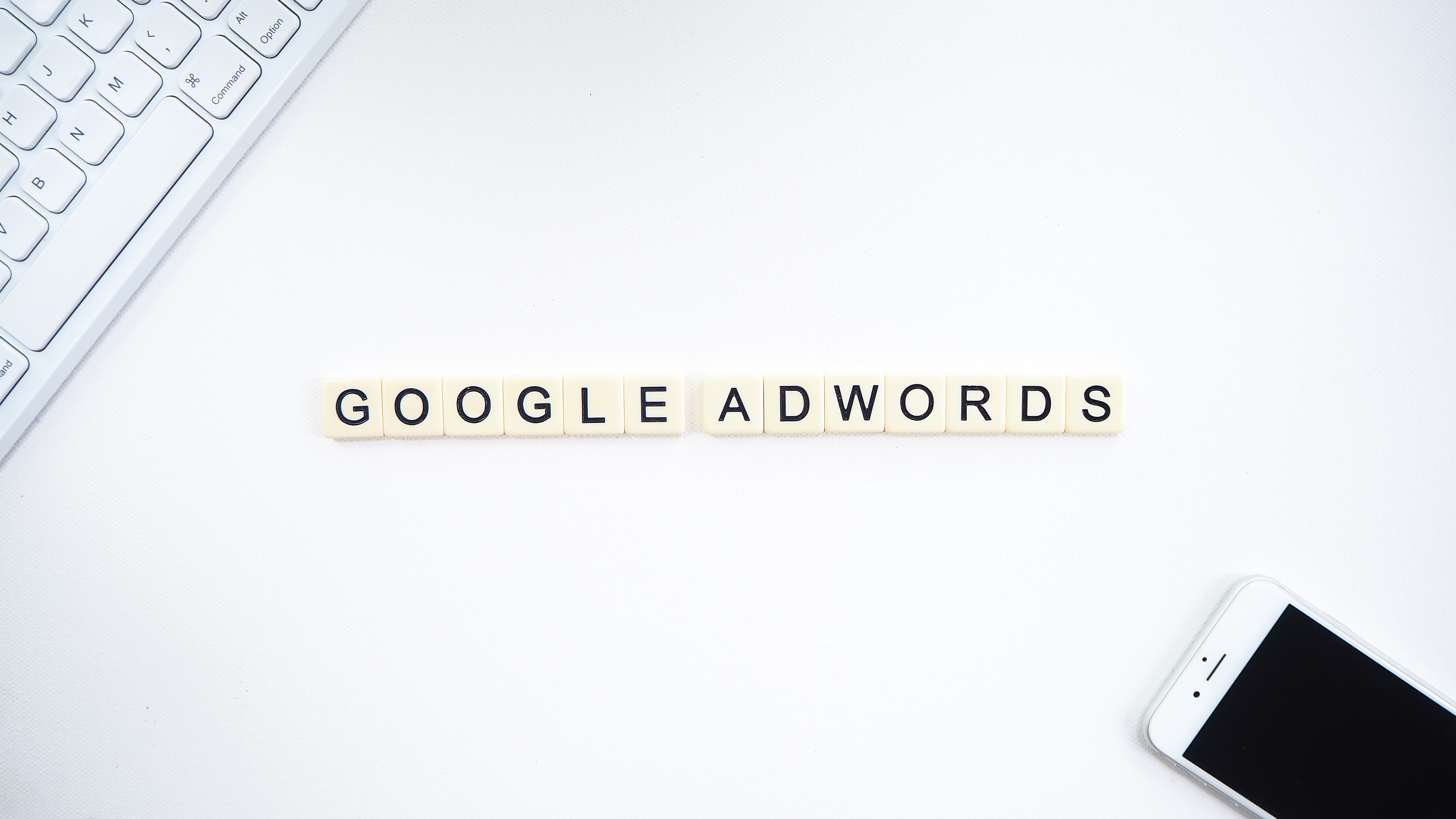
If you are running Google Search Ads, you should be using Ad Extensions for two reasons: they’re free, and they give users more options to interact with your ads.
There are 11 different extensions available including sitelink, callout, structured snippet, call, lead form, message, location, affiliate location, price, app, and promotion extensions. For many of our clients, the most effective extension is sitelink. They allow us to increase the click-through rate, improve the lead quality, and reduce the cost-per-click.
What are sitelink extensions?
Sitelinks are additional links to include in your ads that take customers directly to the most important pages on your website. These extra links let you promote distinct products, services, or sections of your site. They will also lead prospective visitors to the right information they need to learn more and take action.
See an example of what your ad would look like with sitelink extensions.
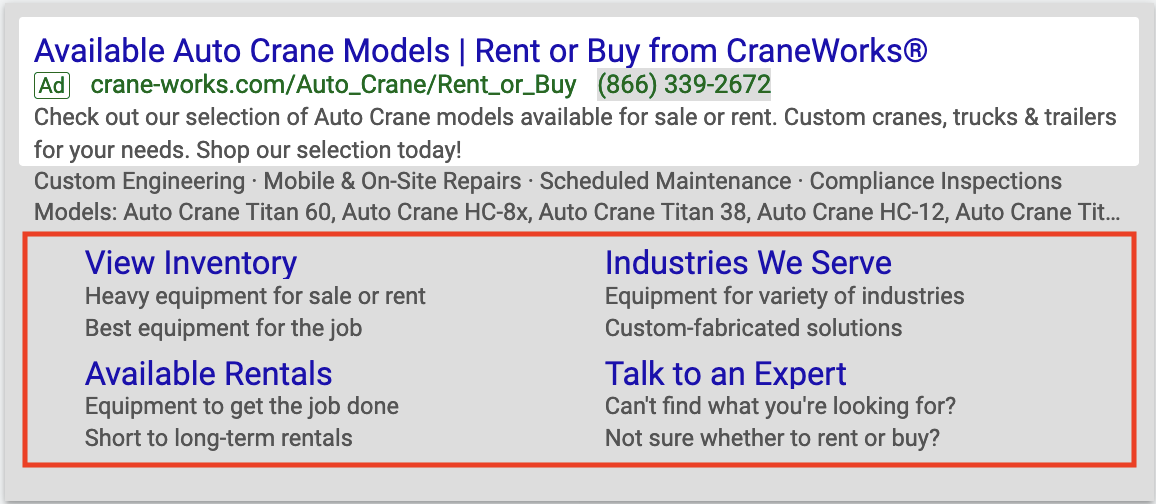
Now compare it to an organic example of an organic result.
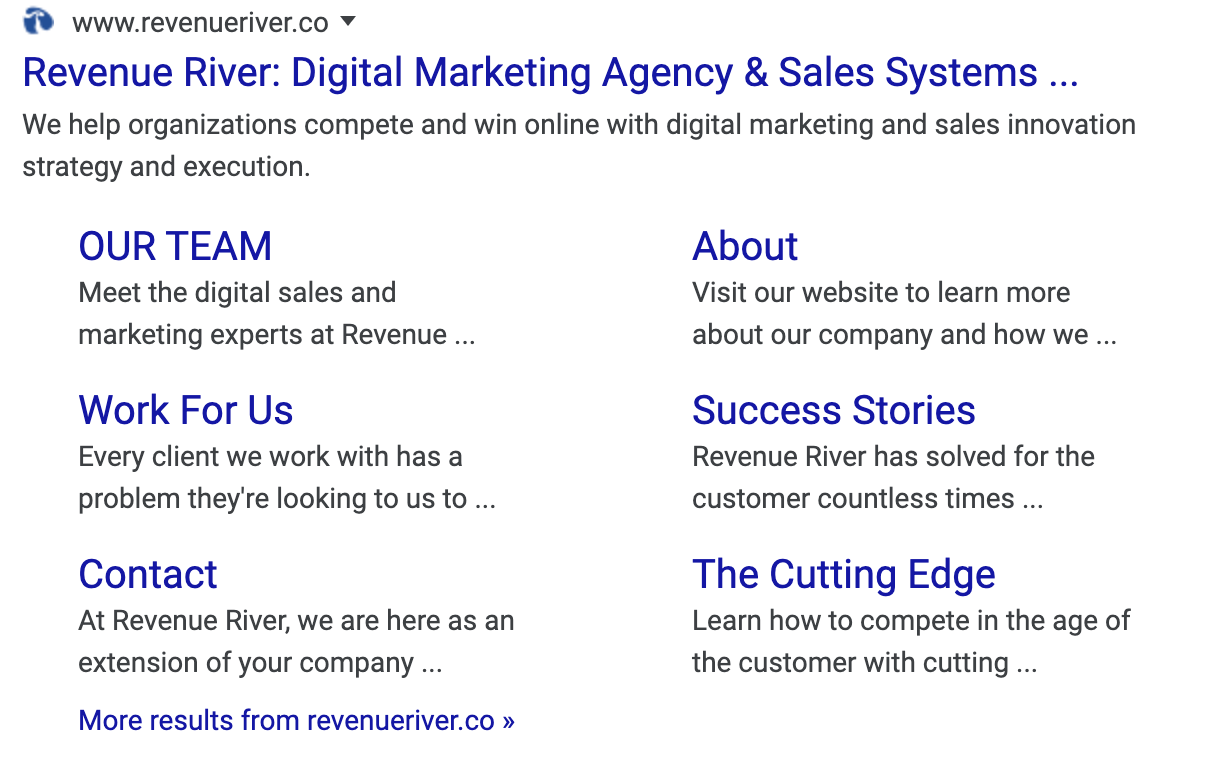 With the attached sitelinks, your paid search ads will look more similar to the organic search results. In addition, your ads will also take up a significant portion of the google search results. Again, sitelink extensions are free, and at no additional charge if the users click on more than one link while viewing an ad.
With the attached sitelinks, your paid search ads will look more similar to the organic search results. In addition, your ads will also take up a significant portion of the google search results. Again, sitelink extensions are free, and at no additional charge if the users click on more than one link while viewing an ad.
Google has found that click-through rates on ads that appear with sitelinks including additional information are much higher than on traditional text ads. They also state that the sitelinks now offer greater detail that searchers will find more useful and relevant.
Sitelinks on search vs video ads
On search ads, sitelink extensions will appear are attached at the bottom of your standard text ad. Sitelink will look different based on where people see your ad. They could take up a single line, extend up to 3 lines, or side-by-side in a carousel format. On the desktop, your ad can show up 6 sitelinks, appearing on the same line or fill up to 3 lines of your ads. On mobile devices, your ad can show up 8 sitelinks, appearing side-by-side in a carousel format.
With video ads, sitelinks are charged on cost-per-thousand-impressions (CPM), similar to video and display ads. You pay each time your ad is shown 1,000 times, versus paying on each ad click. Sitelink extensions appear below the ads that play and can show up to 4 sitelinks per video ad.
Set up your first sitelink extensions
Thankfully, Google has made the process very simple to set-up your first sitelink extensions.
From your main dashboard, navigate to Ads & extensions. The add new (+) button will allow you to access all of the available extensions.
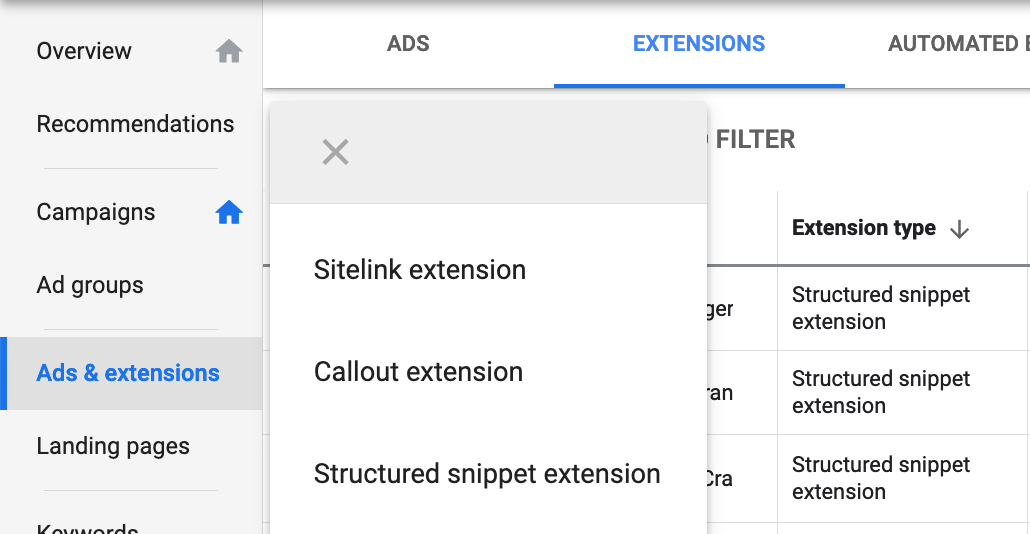
Google offers advertisers the ability to add sitelinks at the account, campaign, and ad group levels. It is recommended best practice to add sitelinks to campaigns or ad groups. By adding sitelinks at these lower levels, it allows advertisers to be more granular in the way they target the sitelinks. This can help you serve the most relevant links to the person search term.
Under the sitelink build, sitelink text would be the name of your page, following by short descriptions of the page content. And Final URL is the URL of the website page or landing page that you would like to take users to.
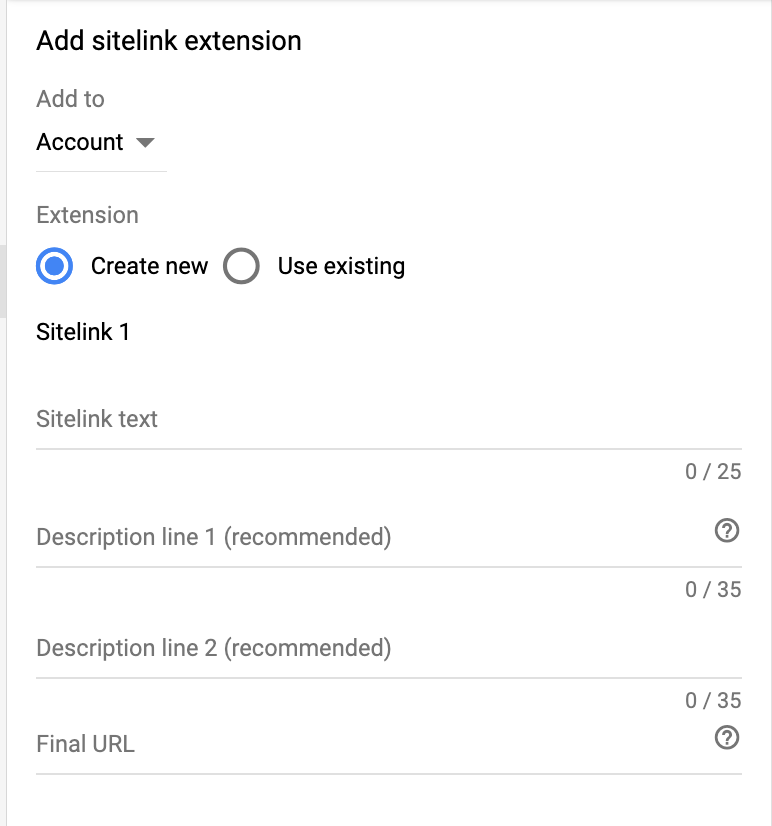
Best practices for adding sitelink extensions
Google generally will reward more impressions to better-performing sitelinks so it is a good idea to give them lots of choices. We recommend following these best practices when adding sitelinks to your ads.
- Limit sitelink extensions to 25 characters or less.
- Add descriptions to make sitelinks more helpful, and reduce the number of unwanted clicks.
- Don't duplicate the same URLs across multiple sitelinks in the same campaign.
- Sitelinks that point to the same landing page or the same content.
- Avoid using punctuation and symbol in sitelink extensions.
- Be cognizant of the trademark use in extensions. Google may remove ads or extensions in response to trademark owner complaints.
- Keep sitelink extensions relevant to what you are advertising.
Hopefully, you have found these best practices useful and if you have any different sitelink best practices, we would love to hear about them.

